Black Rose by Thin Lizzy
Buy Black Rose: A Rock Legend Perhaps the last great classic album by Thin Lizzy, the 1979 release Black Rose: A Rock Legend, peaked at number 2 on the U.K. album charts, making […]
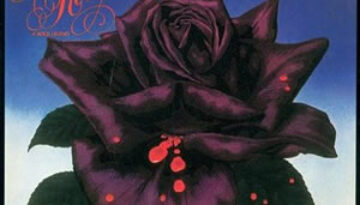
Buy Black Rose: A Rock Legend Perhaps the last great classic album by Thin Lizzy, the 1979 release Black Rose: A Rock Legend, peaked at number 2 on the U.K. album charts, making […]
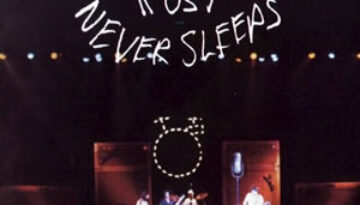
Buy Rust Never Sleeps Rust Never Sleeps was a unique recording by Neil Young and Crazy Horse as it was an album of all new material mainly recorded live but post-produced with some studio […]
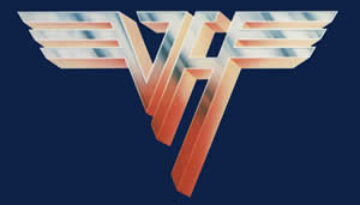
Buy Van Halen II While rarely cited as one the group’s best works, Van Halen II, features some of the band’s best individual tracks and may well showcase Van Halen at its cohesive […]
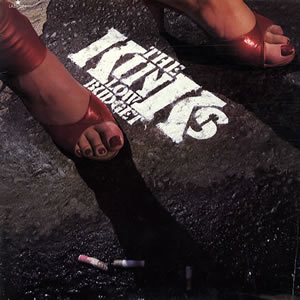
Buy Low Budget The Kinks closed out their very prolific 1970s with Low Budget, their most commercially successful album of the decade. Composer, producer, and frontman Ray Davies put together a collection of […]
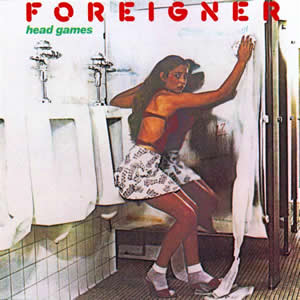
Buy Head Games Head Games was the third studio album released by the rock band, Foreigner, in three years and continued their incredible success by reaching the Top 5 on the album charts […]
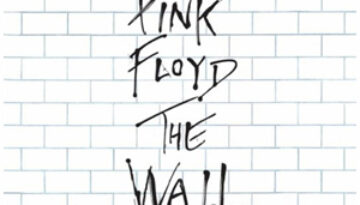
Buy The Wall The Wall was the most ambitious album of a long and storied career filled with ambitious projects by Pink Floyd. This double-length concept album was composed by vocalist and bassist […]
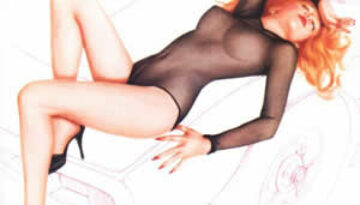
Following up on a massively successful debut album is a daunting task. A group may want to build on their most successful musical elements while still leaving room to explore new directions. The […]
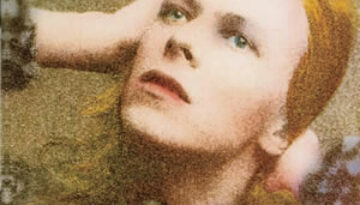
Buy Hunky Dory Classic Rock Review has launched a new feature called “What Did We Miss?” to revisit some albums that we overlooked the first time through our voyage into the classic rock […]